
Visual Art |
Up |
Prev |
Next |
"Royal Blue", the hue, is just on the green side of Blue. It is the colour of the lighter tones of the sky, of certain fish, of various sporting clubs, of diverse national flags, an assortment of blue flowers and of blue pens. It can also at times be the colour of the bluest of deep blue seas.
Like many colours given a name it started out as one colour and gradually moved to another. In this case it started out as very dark and became progressively lighter.
There were a lack good pigments and dyes for Royal Blue from the beginning with the only really clean and lightfast blues being Lapus Lazuli which was very expensive and Egyptian Blue whose secret of manufacture was lost. Nonetheless there were cheap, temporary options with dirty dyes, so it has always been well represented in clothing if not so much in painting. Such pigments include: Indigo from the plant Indigofera tinctoria, Smalt from powdered cobalt glass, and Woad which was obtained from the plant Isatis tinctoria.
All this changed in 1927 when Pthalo Blue C32H16CuN8 was synthesized for the first time. It was stable, lightfast, transparent and cheap and immediately became the main blue pigment for numerous applications such as inks for ballpoint pens and true blue paints. It is currently the most popular blue pigment available today due to its wonderful characteristics. Thanks to these, and especially its transparency and its class leading ability to mix cleanly with other colours it is the printers choice for cyan in the their CYMK process the world over.
| Pale Sky Blue | Pale Sky Blue | Spanish Mackerel |
| HSB 220°, 35%, 100% RGB 166, 195, 255 |
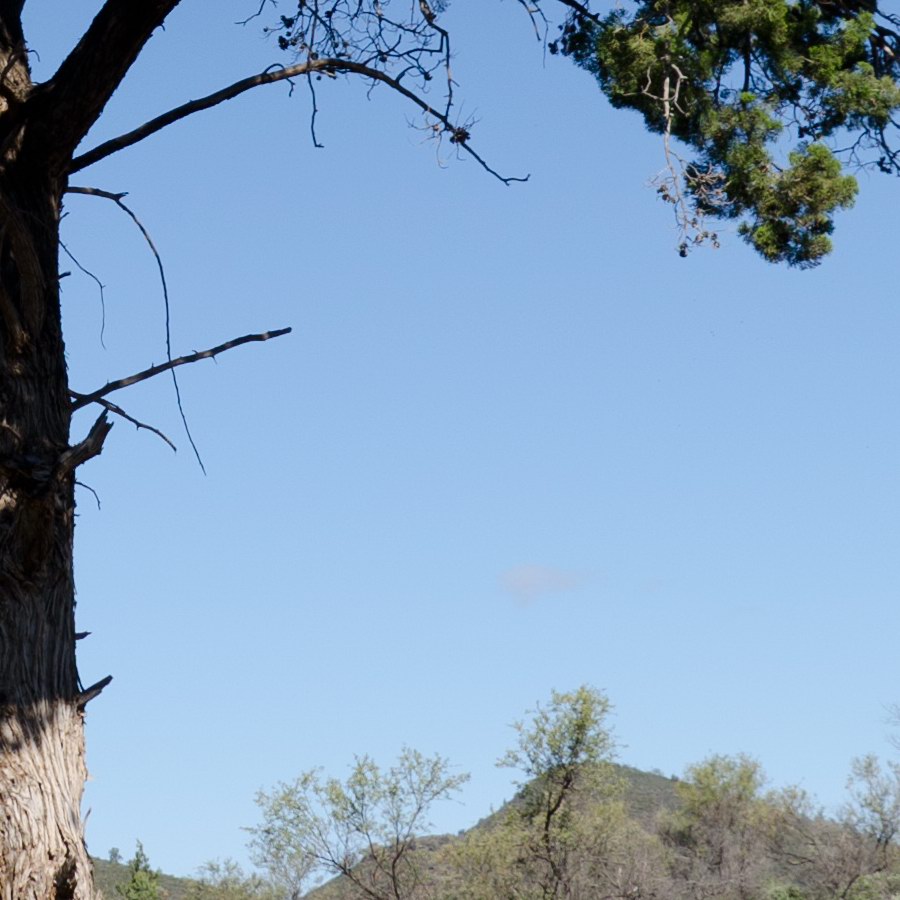 |
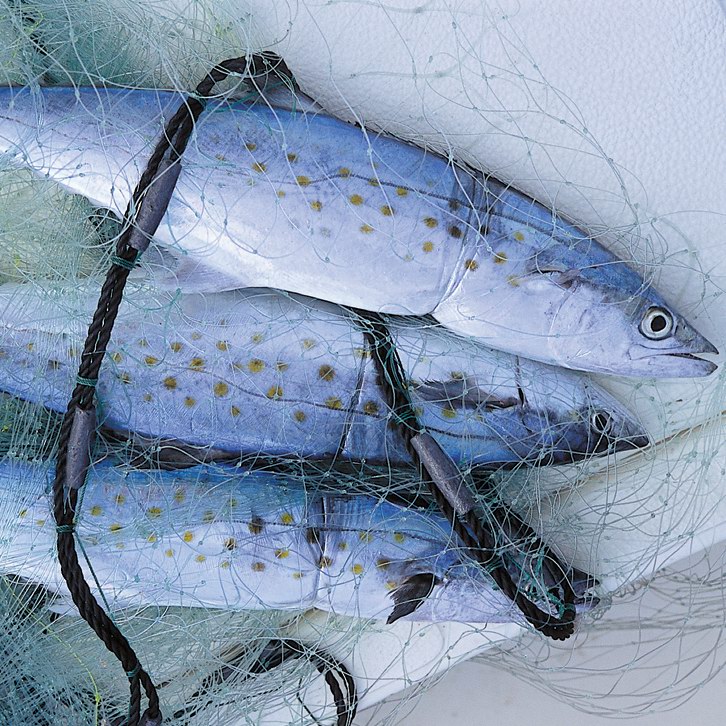 |
| "Pale Sky Blue" is one of the colours of the sky and also of certain fish. | "Pale Sky Blue" is the palest tone you will see in a blue sky. Typically it occurs near the horizon. | There are around 20 species of Spanish Mackerel around the world and they do vary significantly in colour. Nevertheless, around half of these exhibit a blue sheen on the lower body that has this colour. Ignore the darker dorsal markings and spots it is the paler sheen that is called for. |
| Sky Blue | Sky Blue | Blue Hydrangea |
| HSB 220°, 55%, 100% RGB 115, 162, 255 |
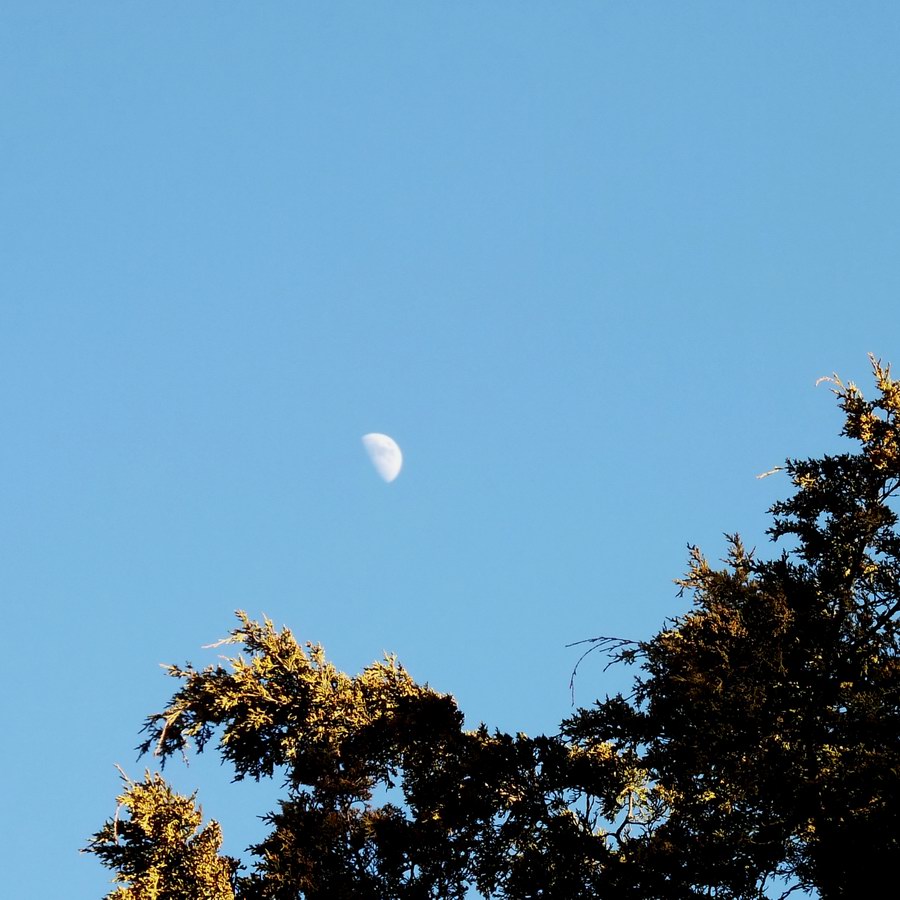 |
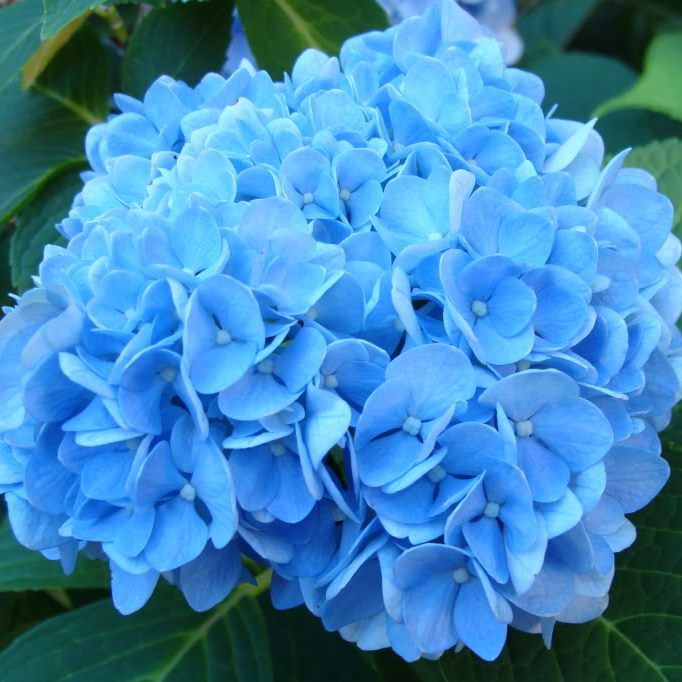 |
| "Sky Blue" is the one of the colours of the sky and also of certain flowers. | "Sky Blue" is the mid tone of a blue sky except in areas where the sky is extra blue in which case it will be the light tone. | Hydrangea blooms come in a range of hues between blue and red depending on soil pH and nutrition, however they are typically blue or pink. Acidic soils with a pH below 7 tend to produce flowers of Sky Blue. |
| Delphinium Blue | Copper(II) Sulphate | Delphinium |
| HSB 214°, 100%, 100% RGB 0, 110, 255 |
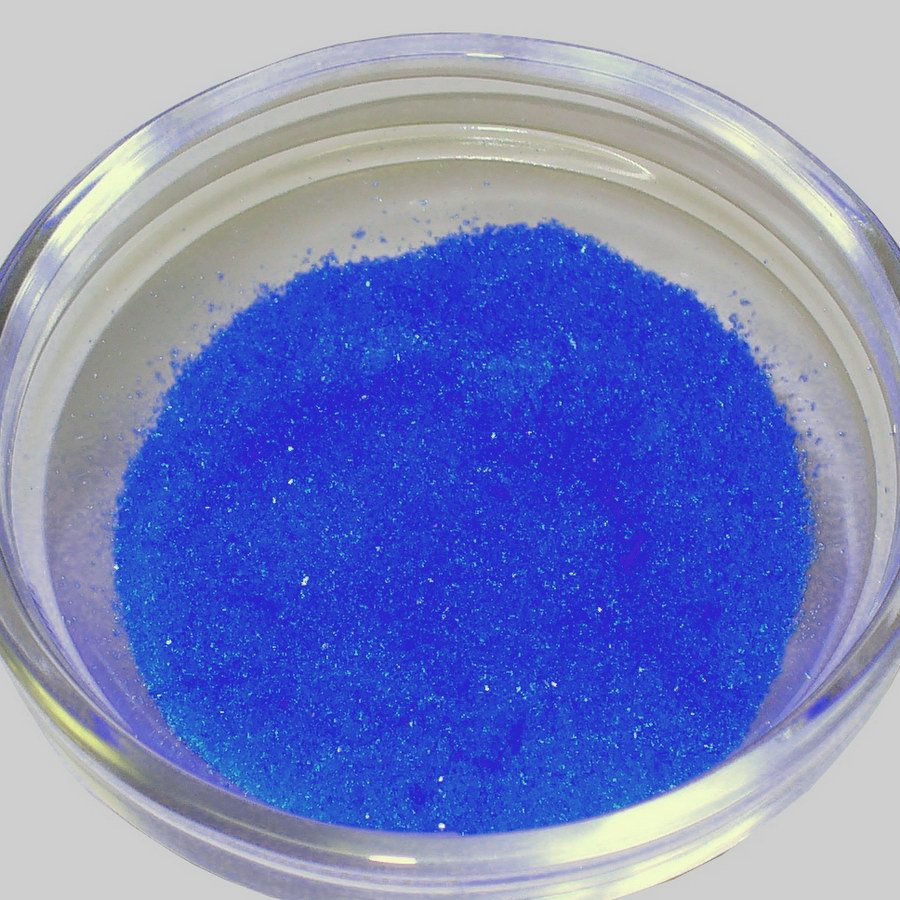 |
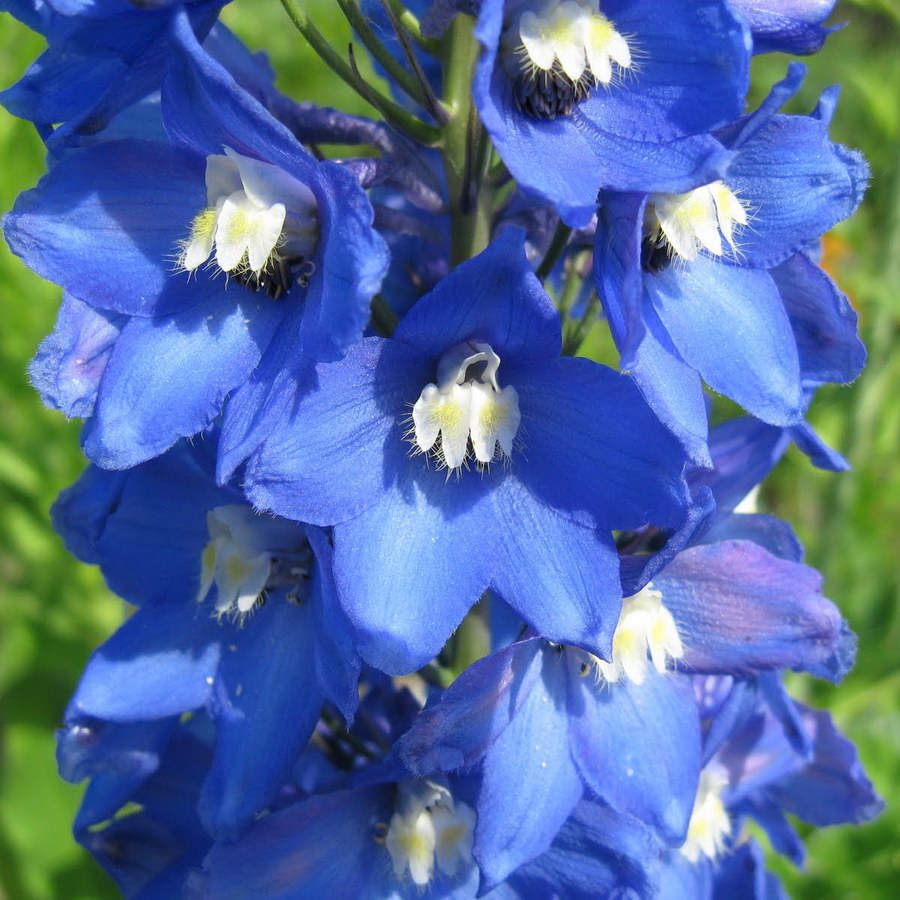 |
| "Delphinium Blue" is a light shade of Royal Blue. | Copper(II) Sulphate, (or Cupric Sulfate), is almost white in its anhydrous form but is most commonly seen in its hydrated form: CuSO4.5H2O which is Delphinium Blue. | Delphiniums do vary in colour and can be slightly in hue but not enough to put them in the adjacent category which is ... |
| Royal Blue | Blue Pen | North Melbourne FC |
| HSB 214°, 100%, 60% RGB 0, 66, 153 |
 |
 |
| "Royal Blue" is the colour of numerous sporting club uniforms, of most blue pens and of the national flag of Israel. | "Blue Pen" is the usual colour of the ink in blue pens, whether they be fountain or ball point. | Numerous sporting clubs around the world use Royal Blue for their official club uniforms. Examples include Chelsea FC, Kansas City Royals BC, Schalke FC etc. This example is the guernsey of the North Melbourne FC. |
| Dark Royal Blue | The Australian Flag | Pthalo Blue |
| HSB 214°, 100%, 40% RGB 0, 44, 102 |
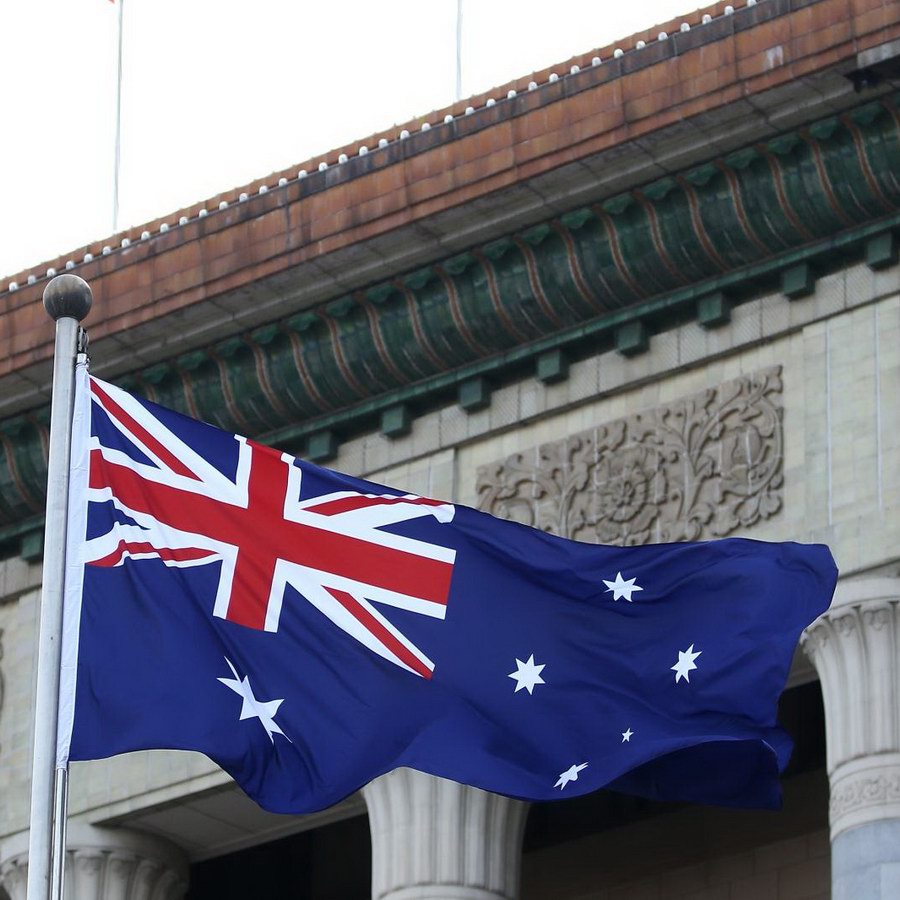 |
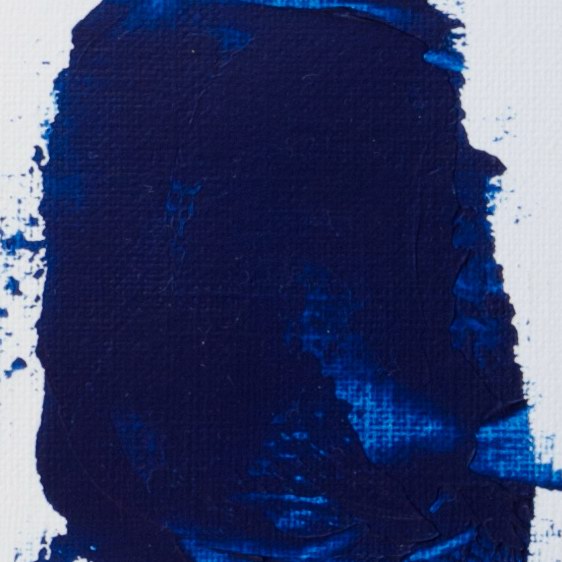 |
| "Dark Royal Blue" is the colour of the blue in the national flags of Australia, the United Kingdom and New Zealand. It is also the colour of the most widely used blue pigment: Pthalo Blue and the colour of the bluest sea. | The Australian Flag is strictly specified and the official RGB of its background is 0, 43, 127 which is very close to Dark Royal Blue. | "Pthalo Blue" (C32H16N8Cu) is a complex of copper with phthalocyanine. It was developed in ICI's pthalamide plant in the mid 1930s. It is cheap, lightfast, strong and stable and consequently has become the predominant blue pigment in the modern world. |